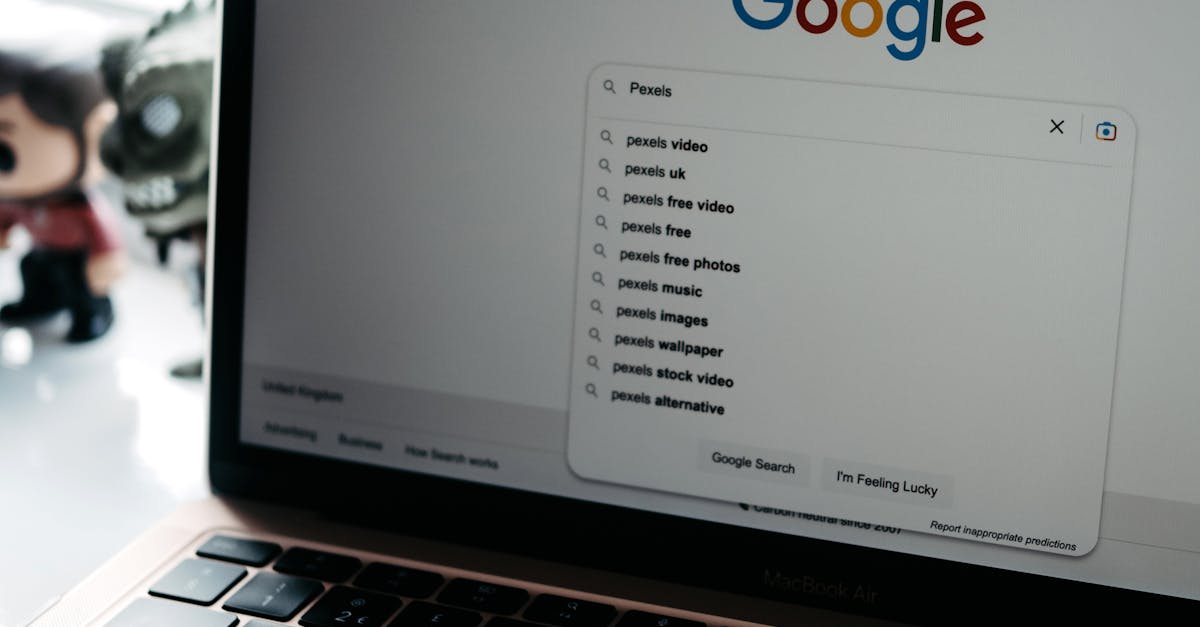
Local SEO is no longer a “nice-to-have” for small businesses—it’s essential for being found and trusted in your community. At Rescue My SEO, we see firsthand how many local businesses miss out on new customers simply because their digital presence isn’t up to par.
Here’s a detailed, no-nonsense guide to running a local SEO audit in 2025, written for real-world business owners who want actionable steps and a unique, practical perspective gathered from years of hands-on results.
Why Every Small Business Needs a Local SEO Audit—And Why Most Don’t Do It
In 2025, Google and other platforms judge your local trustworthiness based on hundreds of tiny details—from your business name spelling to how often you reply to reviews. An audit isn’t just about fixing problems. It’s about seeing yourself through the eyes of both Google and your potential customers. When you know exactly where things stand, you stop guessing—and start getting results.
Step 1: Measure Where You Stand Before You Start
- Export Current Rankings: Use Google Search Console (it’s free) to view what local ‘near me’ and city-based queries you’re already showing up for. Note your rankings and clicks for main service and location keywords (e.g., “Wedding Florist in Boise”).
- Count Your Leads: Tally up calls, form requests, and walk-ins from your website and Google Business Profile each month.
- Record Your Reviews: Jot down total reviews and average rating on Google (and Yelp/Facebook if relevant for your space).
Doing this quarterly lets you spot what changes work—and proves your marketing investment is moving the needle.
Step 2: Google Business Profile Audit—The Local SEO Powerhouse
- Is your GBP verified and claimed? If not, claim or verify it first.
- Check NAP Consistency: Your business name, address, and phone should exactly match what’s on your website (even small differences hurt you).
- Choose Smart Categories: Pick specific categories (e.g., “Orthodontist” over just “Dentist”)—these dramatically impact map results.
- Photos Matter: Up-to-date, original photos of your location, team (not stock or generic), and real customers help conversion and prominence. Add new ones quarterly.
- Google Posts: Regularly share updates, events, offers, or local highlights (at least 1–2 per month). So few SMBs use this—stand out!
- Review Response: Reply to every review promptly—thank positive ones, professionally address negatives, never ignore.
- Attributes and Q&A: Fill in every detail, from parking to payment methods. Add actual customer FAQs as pre-filled Q&A entries.
Quick tip: If you move address, update everywhere immediately (old listings and mismatches tank rankings).
Step 3: NAP Consistency and Directory Clean-Up
- Search your business on the main local sites: Yelp, Bing, Yahoo, Facebook, Chambers of Commerce, Apple Maps, and sector-specific directories.
- Look for old addresses, outdated phone numbers, and different business names—note and fix every inconsistency.
- If details are outdated on dozens of smaller directories, consider a tool like BrightLocal or Yext, which can automate much of the cleanup (but always review the changes yourself).
Pro tip: Even a single old phone number can confuse Google’s algorithms, preventing you from showing up first in the map pack.
Step 4: Local Reviews—Trust Signals You Can’t Ignore
- Quantity: Are you keeping pace with/above your main competitors? Businesses with +50 reviews almost always outperform those with 12.
- Average: Anything under 4.4 will cut your call rate by 30%-50% (trust us, we track these numbers with owners weekly).
- Recency: New reviews matter—aim for at least two a month. Stale reviews erode trust with both Google and customers.
- Review Response: Respond to every review within 1–2 days. Even a “thank you” increases conversion and Google trust.
Automate requests when possible (after appointments or sales) and monitor for negative/spam reviews to flag accordingly.
Step 5: On-Page Local SEO Essentials
- Title Tags & Meta Descriptions: Every page should include a main keyword and location: “Affordable SEO Services in Boston | Rescue My SEO”.
- Location Pages: If you serve more than one city or neighborhood, make a unique, well-written page for each, with local testimonials and directions—not copy-pasted text!
- Embed Google Map: Always include your business’s actual Google Map on the contact and location pages.
- Schema Markup: Apply LocalBusiness schema so Google understands you’re a local entity (talk to your website manager or SEO for help, if unsure).
- Local Credentials: Show badges (chamber membership, awards), and PR mentions—anything that roots your expertise in the local area.
Step 6: Check Local Citations and Backlinks
- Is your business mentioned in real-world local sources, news sites, or on lists of ‘Top Local Businesses’ (not advertisers)?
- Sponsor one or two local events or charities each year to earn a genuine backlink.
- Check for links/citations from industry bodies, associations, and local business groups.
- Scan for spammy, broken, or unrelated backlinks—disavow or remove as needed (use tools like Ahrefs, SEMrush, or hire a trusted SEO).
Step 7: Technical SEO & Site Usability for Local Customers
- Site Speed: Test your homepage and main landing pages using Google PageSpeed Insights—aim for under 2.5 seconds on mobile.
- Mobile Accessibility: Can a customer on their phone find your hours, location, and call you in two taps or less?
- Conversion Optimization: Ensure clear ‘call now’ and contact forms above the fold, making it easy for busy local prospects to act right away.
- Scan your site for duplicate content and broken links—fix any issues to avoid search engine confusion.
Step 8: Set Goals and Re-Audit Quarterly
- Update your tracking spreadsheet. What changed? Are you getting more calls/walk-ins or higher ranking for priority keywords?
- Set new goals: Get 20% more reviews, publish more Google Posts, improve average review rating, speed up your site, etc.
- Repeat the full audit every three months or after any major business change (like a move or name update)—this discipline will keep you ahead of the competition.
Tools to Make a Local SEO Audit Easier in 2025
| Tool | Purpose |
|---|---|
| Google Business Manager | Maintain and monitor your Google Business Profile |
| BrightLocal | Track rankings, citations, audit NAP consistency (great for businesses with multiple listings) |
| ReviewTrackers | Centralize your reviews and automate feedback requests |
| Ahrefs / SEMrush | Technical and backlink auditing to uncover SEO weak points |
What Sets a Rescue My SEO Audit Apart?
You don’t need a fancy in-house marketing department to do this. At Rescue My SEO, we specialize in practical, step-by-step local SEO audits and ongoing improvements specifically designed for small business owners—not mega-corporations with endless budgets. We’re relentless about getting you found by more real-world customers in your town, not just traffic from random cities you don’t service.
If you’re pressed for time or not sure how to tackle these details, let us do the heavy lifting so you can get back to running your business. Learn more about how we help small businesses dominate local search.


